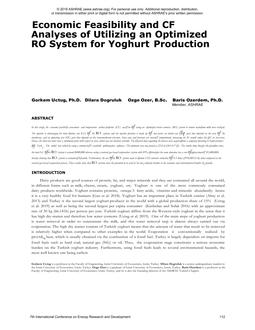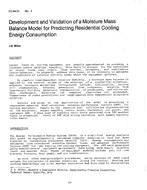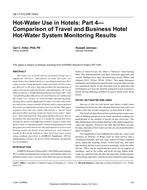The HVAC system accounts for 30 to 50 percent of a typical building’s energy consumption; in hot and humid climates it is closer to the upperend of that range. Implementing effective energy saving measures for the building HVAC system can reduce the building energy consumption,reduce peak demand, and improve building comfort. In recent years, under-floor air distribution system (UFADS) is used as an innovativeapproach to HVAC system to offer utmost in occupant comfort, improved indoor air quality and energy savings. In this study, the operation andperformance of a UFAD system in an education building located in a hot and humid area is evaluated. The study found the building wasovercooled and the UFAD system was in reheat mode even in hot summer. Optimizing existing air handling unit (AHU) discharge airtemperature (DAT) set point reset based on building load and reducing under-floor plenum static pressure in half are recommended to improvebuilding comfort and energy performance. It is estimated that implementing the optimized AHU DAT set point reset schedule can potentiallyreduce about 30% of the UFAD system thermal decay. The reduction of the under-floor plenum static pressure in half can potentially reduce thesystem minimum airflow rate by about 30 %.
Citation: ASHRAE Papers CD: 2014 ASHRAE Annual Conference, Seattle, WA
Product Details
- Published:
- 2014
- Number of Pages:
- 8
- File Size:
- 1 file , 800 KB
- Product Code(s):
- D-SE-14-C056


